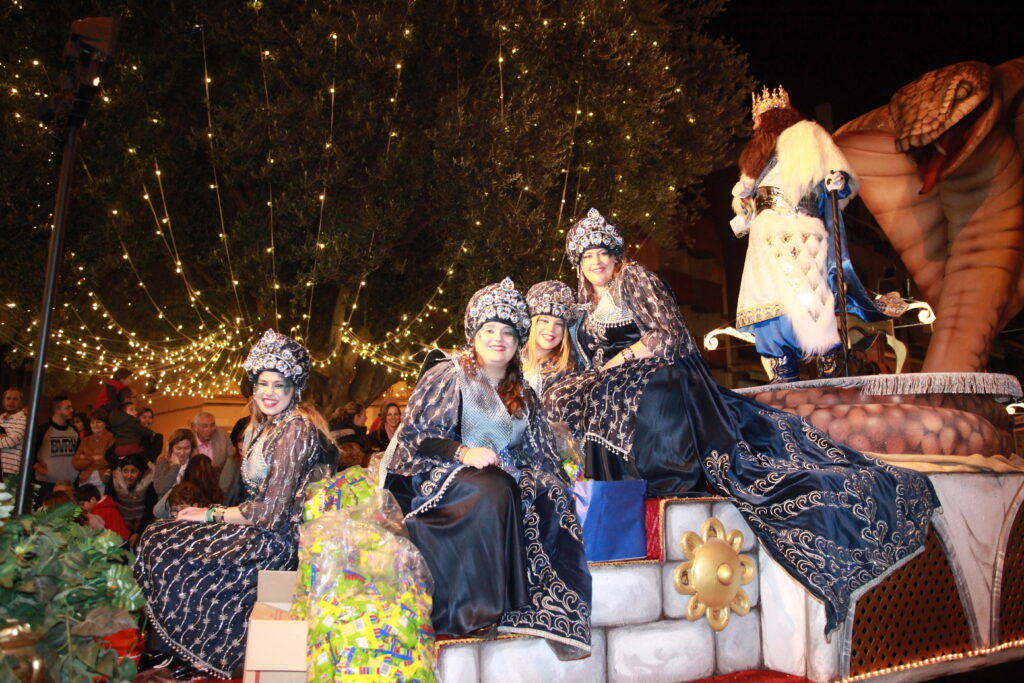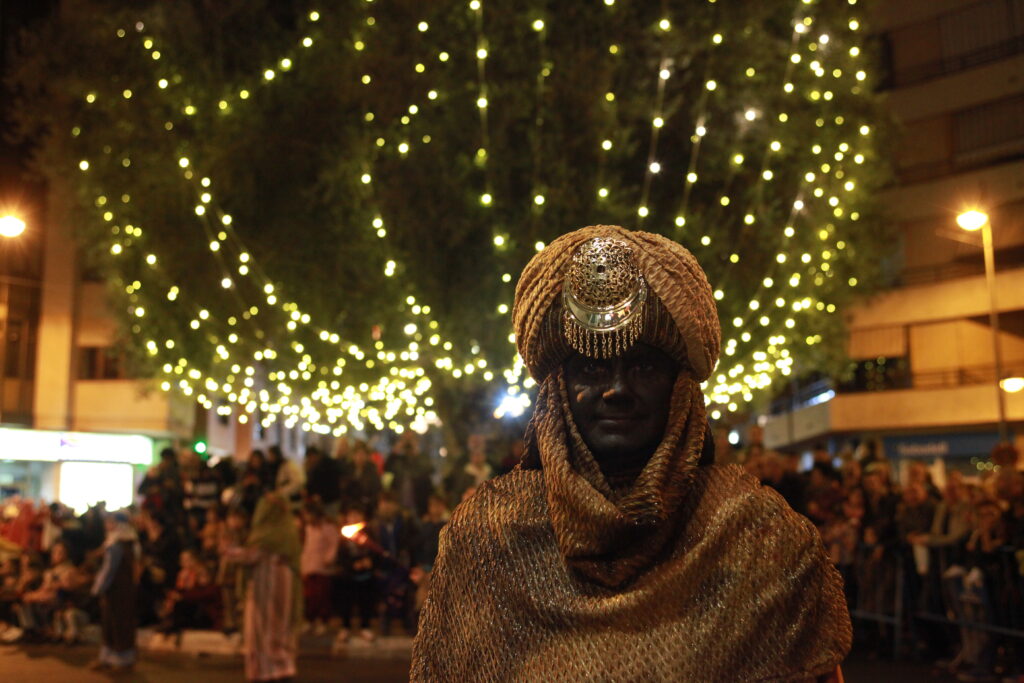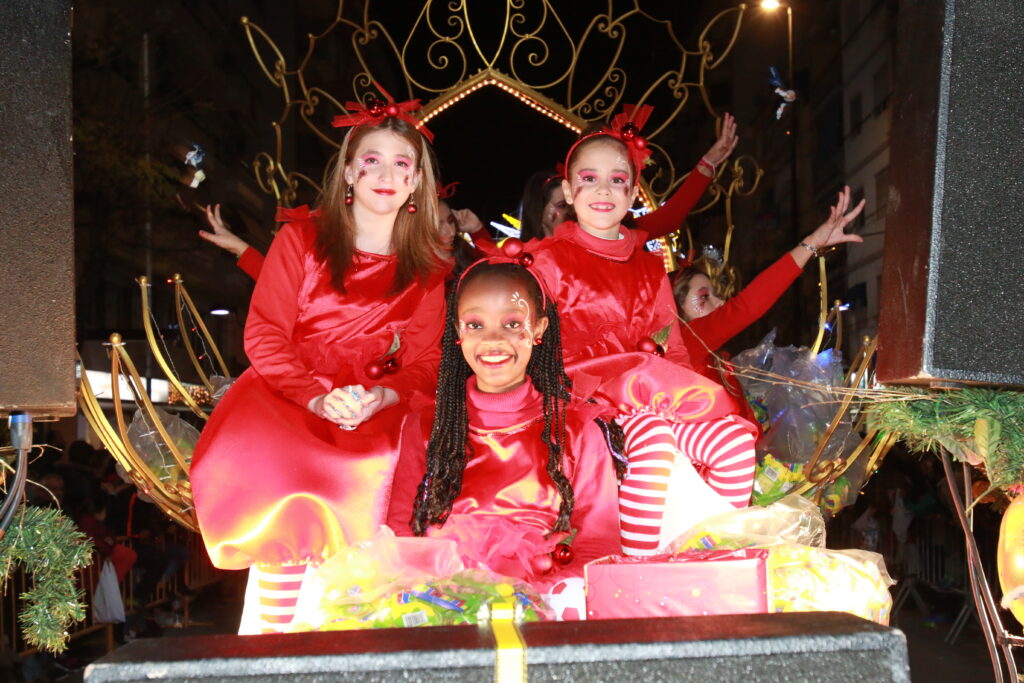Wise Men
The tradition of the wise men is based on the biblical passage of their adoration of Christ after his birth in the manger in Bethlehem. The Three Wise Men, after learning of Herod’s plans to kill all the children with the intention of securing the throne, avoiding the possible Messiah, arrive at the manger following a star and offer Jesus, gold, incense and myrrh, symbols of the condition. real, divine and human of the newborn.


Although the festival is celebrated on January 6, the day before is when the celebration reaches its maximum magical peak on what is known as Three Kings’ Night. This night the celebration of the Three Kings parade is common throughout Spain, a parade in which the protagonists are Melchior, Gaspar and Baltasar on floats, horses or camels, accompanied by colorful pageantry and other biblical, traditional or animated characters with a clear family or children’s flavor, since the children are the protagonists of the party. The parades began at the end of the 19th century, especially in Alcoy where it dates back to 1866 for the first time, competing for this honor with the city of Barcelona.
In Sant Joan, the parade began many years ago at the initiative of the Parish, and currently, it is one of the most anticipated events on the calendar. Days before the arrival of the Three Wise Men, the royal postman passes through Sant Joan d’Alacant to collect letters from children and some adults with their requests for gifts and wishes. But the most anticipated moment is on the afternoon of the 5th, when the Kings finally visit us, arriving in very different ways, including several times by helicopter.
The parade starts from the Plaza de la Constitución and reaches the Plaza del Ayuntamiento, where their Majesties of the East usually make the offering to the baby Jesus, Saint Joseph and the Virgin Mary on a stage set up in the plaza for this purpose, or in the inside the Church being welcomed by bells, music and fireworks. They also address a speech to the children present who are eagerly waiting to see them, listen to them, get to know them and be photographed with them. Numerous people from festive, cultural and musical groups of the municipality participate in the parade. The Three Wise Men also visit that night and the next day the sick and staff of the Sant Joan Hospital, as well as other nursing homes, bringing the love and Christmas spirit to these people.
After the parade, the little children return home excited and go to bed after eating the roscón and when they wake up, they eagerly open the gifts.
Families and groups of friends get together to share dinner that night in which the long-awaited Three Kings roscón is always the culmination, often accompanied by a delicious hot chocolate. Some place this tradition of the roscón in Roman times, linking it to the Saturnalia that were syncretized with Christmas. Others place them in the Middle Ages. The truth is that this very typical dessert is essential in any celebration of Three Kings’ Day and inside it there is never a shortage of surprises such as various tiny figures that accompany the King and the dreaded Dried Bean; Whoever finds the latter must pay for the roscón while the person who finds the King will have won the golden cardboard crown that decorates the center of the roscón. During these days the bakeries, bakeries and pastry shops of Sant Joan d’Alacant work hard to make the most delicious roscón.

Did you know that...?
The afternoon of January 5 was highly anticipated by the children of Sant Joan who, organized in gangs, collected numerous quantities of old metal pots and pans, such as pots and pans, which they tied together with ropes, dragging the set of junk through the streets while sounding horns, cane pipes, etc. and whistles singing children’s songs. Upon reaching Maissonave Square, the adults forced them to break up that improvised, creaking parade and the children ran, abandoning the piles of scrap metal in the middle of the street, aware of their antics.
